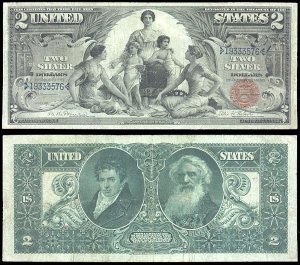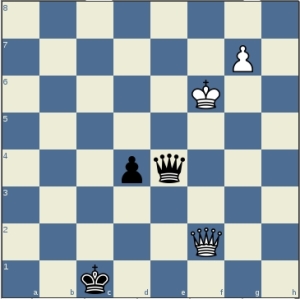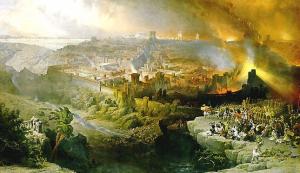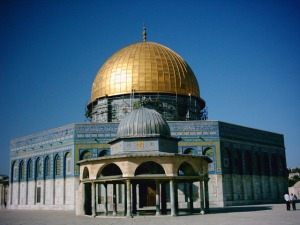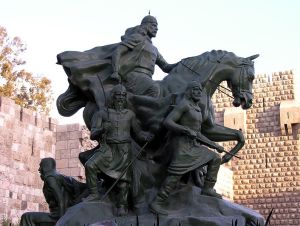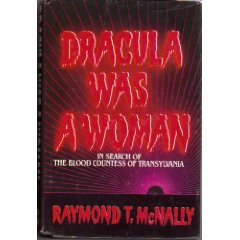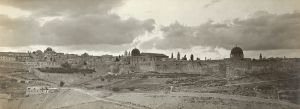
If you’re just finding this, I would recommend the previous articles I have written about Jerusalem:
A Brief History of Jerusalem: Part I
A Brief History of Jerusalem: Part II
Ok, I’ve given you some time to shake off the bloodbath that was classical and medieval Jerusalem. Fortunately, things are pretty sane for a while. As it stands the Ottomans took over the city in 1517, and for the first time ever, Christians, Jews and Muslims all lived together, equally in their holy city. The walls were rebuilt, and the “Old City” as we know it today was constructed.
Although religious tolerance flourished, this was not the best time economically for the city. The population, although incredibly diverse, declined, and by the beginning of the 19th century, as the Ottoman empire waned, it was only at around 8,000.
At this time, several things started to happen. First, we have to understand that although there was a diverse population, each denomination lived in their own community, generally based around each population’s holy shrine. Because of the

Medieval Jerusalem
weakness of the Turks, immigrants started pouring in from all over the globe. Some were old Jews who wanted to be buried in their holy city. Others were young families, who wanted to experience the second coming in Jerusalem. In addition, Europeans took a stern interest in the city, and many people moved there in hopes of gaining influence after the inevitable collapse of the empire. This, in coincidence with a Christian revival, meant that there were a good number of people proselytizing all over the city.
The city of Jerusalem is only 1 kilometer square, meaning that there was an obvious population problem. So, various ethnic groups started constructing residential communities outside of the city walls, in what is now called the New City. What started as a small patchwork of communities eventually grew into a full blown city.
On 11 December 1917, the British walked into the Holy City, and the Ottoman era came to an end. At that point, the zeitgeist of Jerusalem was very interesting. Where the new influx of immigrants staking their claim outside of the city, there was an obvious disparity in between the Old and New Cities. The Old City was considered decrepit and impoverished. The British were clever and required all buildings in the New City to be built with a sandstone finish, like the buildings in the Old City, to preserve the tone.
Unfortunately here is where the modern Jerusalem starts to evolve. No one really knew what to do with the new region called Palestine, where Jerusalem served as the capital. The Jews wanted their homeland restored; the Arabs felt that, geographical and historical precedent meant that the land was theirs. The tension grew, and they started bombing each other. Jews intent on living in their homeland moved in from all over the world, increasing the tension. This finally exploded in 4 days of riots in April of 1920, in which the Old City was ruled by a mob of Arabs. The Jews no longer trusted the British to protect them, and resented their being on holy land. The Arabs hated the Jews and the British because they felt entitled to the land. The Jews hated the Arabs for all of the violence. The British tried to restrict immigration, which ended in a an attack on a hotel, killing many soldiers. Things were starting to get really messy.
In 1947, the UN divided Palestine and Jerusalem into two parts, Arab and Jewish, with 3

How would you divide this up?
crossing points, to be controlled by an international party. This backfired. Now each side had a border to attack. Oops. If you take a look at this map of the partition, you can see that this idea was flawed right from the beginning. I mean, there is no clear boundary between the two communities, and the establishment of an arbitrary line is really going to screw things up. The Jews and the Arabs really started wailing on each other, and Britain was becoming increasingly more reluctant to intervene. In March of 1948, the Arabs laid siege to the Old City which was eventually broken with significant civilian casualties on both sides.
Two months later the British mandate ended. Things only got worse from there. Because the Old City was technically supposed to be under Arab control, all Jews left to a Western Settlement. Israeli soldiers forcibly displaced Arab villiages that were within their territory. The violenc extended to foreigners, with the assasination

Israeli Soldiers at the Western Wall in 1967
of the US Consul and the UN mediator.
Eventually Western Jerusalem belonged to the Jews and Eastern Jerusalem, including the Old City were annexed by Jordan. The arabs knocked down many Jewish holy sites, and likewise many Arab sites went into disrepare and were knocked down. In 1950, Jerusalem became the capital of Israel. In 1967, the Israeli Army rolled into Eastern Jerusalem, bringing it under Israeli control. All religions were allowed access to their holy sites. Honestly, I am not going to relate everything that has happened in Eastern Jerusalem since the June War, because it is very complicated and is basically the same thing over and over. However, you can see where the current Israeli – Arab conflict stems from.
Man. That was rough. I hope this history has helped you understand the modern moment in Jerusalem. This has been a project I have been waiting to undertake for a very long time. Although we hope for peace in the city, history tells us that this is probably a losing proposition. In researching these articles, I have seen how mired the study of the city is in controversy. Every side jockeys to show that their faction had a temple at a certain site earlier than the other. Each side tries to prove that the other side murdered more people during a raid. It was interesting, and I really wish I could say it was fun, but the nicest thing I can say is that it was eye opening.
